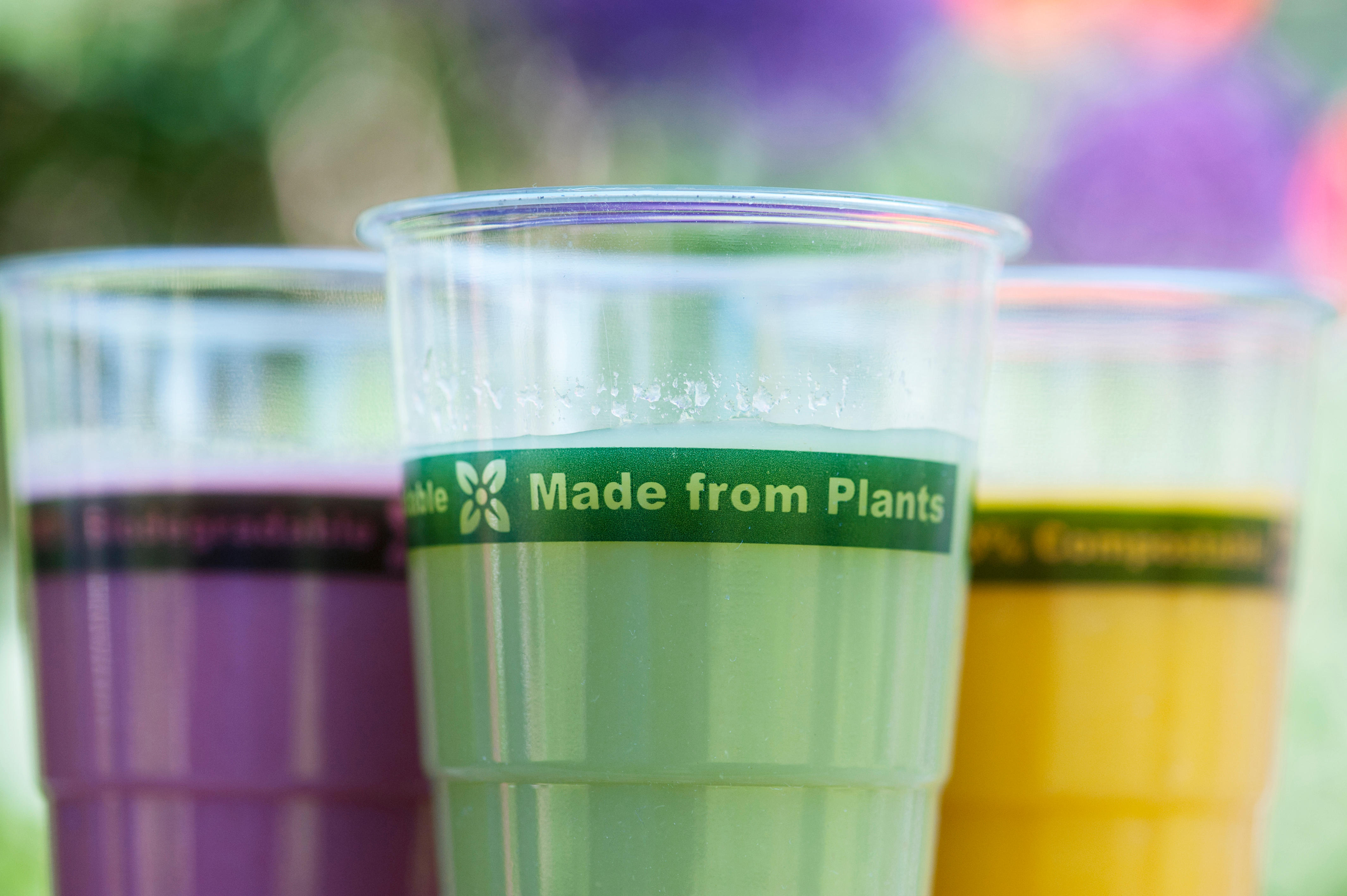Over the last decade, the volume of compostable materials in the market has been steadily increasing, and the market for compostable packaging is poised to grow 17% annually between 2020 and 2027.
Yet there remains limited publicly available data on U.S. consumer perception of compostable packaging design and labeling.
As the compostable packaging industry continues to innovate rapidly, we must find ways to simplify and standardize approaches to the design and marketing of these new materials.
Our insights are based on the results of a pilot co-led with our Advisory Partner, the Biodegradable Products Institute (BPI), to test how different approaches in design and labeling affect how consumers and end-users identify and perceive compostable product packaging. Our goal was to identify those design and labeling techniques that best improve the diversion of food-contact compostable packaging to the correct material stream.
Consumer Insights Report
Closed Loop Partners’ Composting Consortium and the Biodegradable Products Institute (BPI) released a groundbreaking, joint study offering first-of-its-kind, publicly available data on U.S. consumer perceptions of compostable packaging.


.svg)


